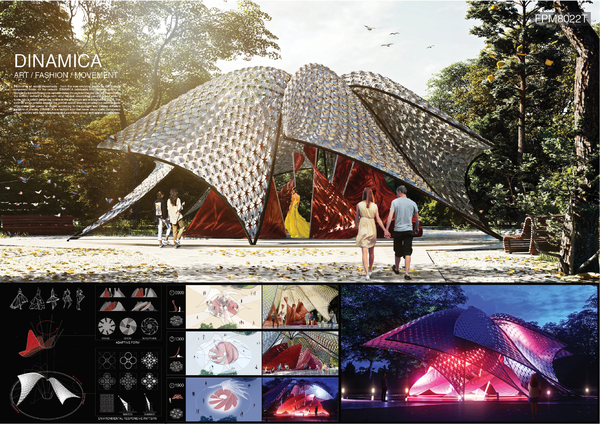Traditional building elements have been always playing a major role in the field of architecture and city development due to their environmental and social values.
Yet, the concept of these elements is evolving over time through various forms and presentations taking advantage of their adaptive features to perform in different environmental requirements. For example, the Mashrabiya concept was designed and added to the buildings as an oriental decoration, providing local identity and solar shading for cooling.
However, recent technological developments, specifically within the emergence of smart materials increase the possibility of rethinking these traditional elements in contemporary contexts. This research explores the potential of re-imagining the role of Mashrabiya as an ecosystem using its properties along with new technologies to develop new methods of construction that draw on the aesthetic and sustainable benefits of traditional buildings.
A series of explorations and experiments were conducted in this research. It starts with the development of a responsive skin for the Milan pavilion and was derived from the environmental role that Mashrabiya played as an architectural shading element. It uses a smart material called Thermo Bimetals that reacts to the radiant sun temperature to provide shade and natural ventilation. The research proceeds to develop a new concept of Mashrabiya that incorporates shading, cooling and solar systems to be applied to the building facades with different scales and types.
The research concludes with a design proposition for an office tower in Dubai to demonstrate the impact of the developed Mashrabiya by enhancing performance, increasing thermal comfort and providing a unique spatial experience.


